The nights are growing longer, the mornings cooler. And that garden that held so much promise last spring is limping into its final weeks, maybe days. Frost lies ahead, then snow. There is no need to think about gardening.
Which is why it’s the perfect time to think about gardening. Or to be more specific, to take account of this year’s garden with an eye to planning next year’s garden.
Your summer successes and failures are fresh in your mind. Let’s analyze them before they fade like the fog on a cool autumn morning.
What worked?
Take a look at everything you harvested and compare it to what you expected. Were there any pleasant surprises? For me, I was really pleased with my garlic. I grow a variety that is not on the local extension office’s “recommended” list. But after three years of planting, I’m getting big, healthy, tasty bulbs. They will be planted a fourth year in the coming weeks.
What didn’t work?
Take a look at what you were disappointed in and figure out why. For me, my onions were smaller and later than I’ve been able to grow in the past. I’m certain it’s because I mixed them in with the potatoes rather than giving them their own space. Onions are fussy about being crowded, and my potatoes certainly crowded them. Next year, I won’t mix the two in the same bed.
Another fail: it’s not warm enough long enough here to grow turmeric. Lesson learned.
What kind of harvest do you want?
Fall is a good time to look at “varieties”. Here’s a secret: when you buy the plants Walmart stocks, you are buying the plants that do Walmart the most good, not the ones that do you the most good. Not all plants are fit for all conditions, and not all varieties do what you’d like.
For example, are your tomatoes determinate or indeterminate? If you don’t know, then you might not be buying the kinds of plant you want.
Determinate tomato plants grow to a certain size and give you a big harvest all at once. If you can your own salsa, these are what you want, because you get most of your harvest at the same time and can process it all in one big batch. Same with “June-bearing” varieties when it comes to strawberries.
But if you want sandwich tomatoes all season, an indeterminate variety will serve you better. Just be warned that the vines will keep growing all summer. So trimming and/or strong cages may be needed.
Decide what kind of a harvest you want, and that will go a long way toward helping you assess why yours didn’t meet your expectations.
For me, I’ve decided to try a determinate “slicer” next year, Florida 47. If it doesn’t work, I can go back to Romas. But if it does, I’ve improved my harvest.
What more do you need?
If you can’t figure out why something didn’t work, you might look around for someone who can help you. Your county extension office likely has resources, including free classes, that can help.
Or how about picking up a new (or old) gardening book? Subscribing to a gardening video channel?
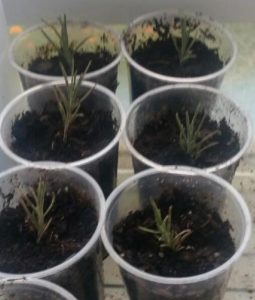
If your soil is the problem, fall is the time to add amendments like shredded leaves, compost, or manure. It might even be the time to move the garden altogether like I did last year.
To produce a better crop, at least one of two things must happen: either your garden must become a better garden or you must become a better gardener. The two quite often work in tandem.
Why aren’t you enjoying it?
If your garden has become a chore, and if you would rather be raking leaves than deciding which of your beds needs those leaves the most, I’m going to challenge you to purposely make it interesting.
How about learning a new bug or two? You know which one it is already. It’s that one that was everywhere but you didn’t know its name. But it’s not just the name. Learn what it likes to eat, how it overwinters, what damage it can cause. Is it a good bug or a bad one? How can you get more or fewer of them?
This year I learned Harlequin bugs, which are all over my horseradish. As they are the only bugs that eat it, and they do not seem to do any real damage, I was able to decide to leave them alone. Munch away, you handsome devils!
A few years ago I learned about blister beetles, which I thought were cucumber beetles. That’s an important distinction had I tried to remove some by hand!
Learning a new bug is easy. It’s also a step toward putting you in true control of your garden.
How about learning a new skill? This year I planted horseradish roots parallel to the ground: the idea was to create a “line” of plants all growing the same big, fat root. We’ll learn the effects when I dig in a few weeks.
I’m also trying to keep my rosemary alive over winter by starting some new cuttings in the fall. It’s a perennial, but not here. Can I harvest more if I don’t have to plant seeds every spring?
How about planting something new? What flowers does your wife like? Try growing a few. Is there some veggie or herb you like to eat but have never thought you could grow? Give it a shot!
A garden can provide endless hours of enjoyment. It can also provide endless hours of backbreaking labor and frustration. Like many projects, success is established in the planning stages, not the last-week marathon coding sessions. Take a little time, while this year’s successes and frustrations are fresh on your mind, to do a little planning for next year.
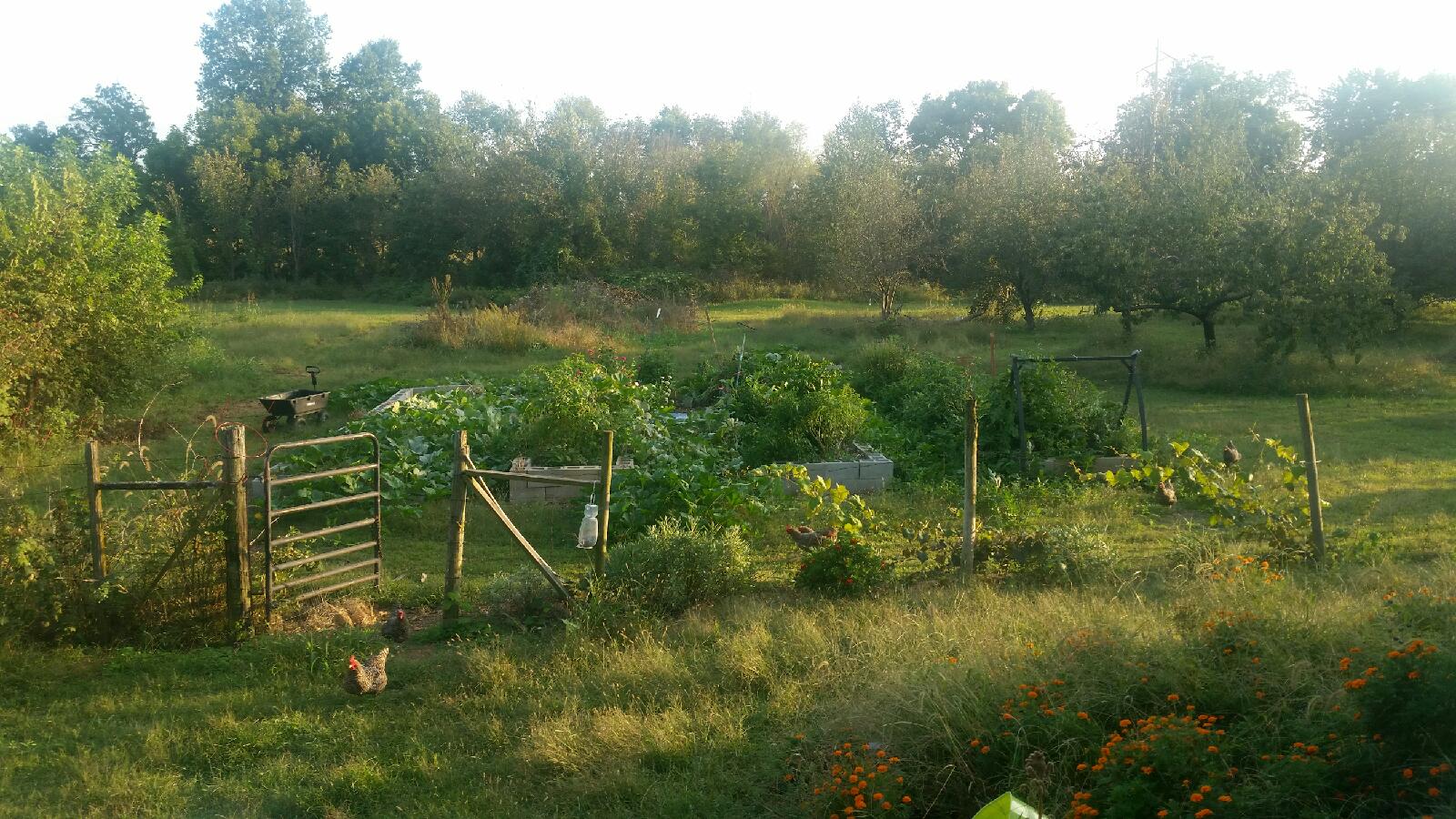
Plan Next Year’s Garden Today
1 Comment
Leave a Reply
Latest from Gardening
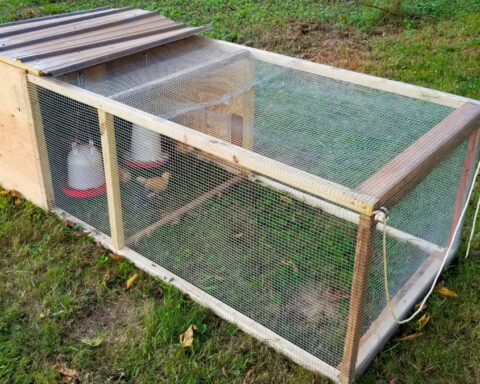
Do You Even Chickens, Bro?
Don't wait until you're hungry to learn how to raise food. Start now.
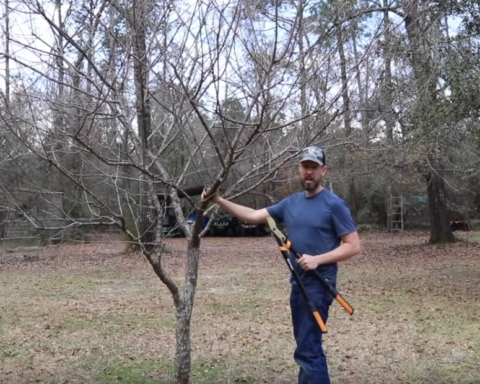
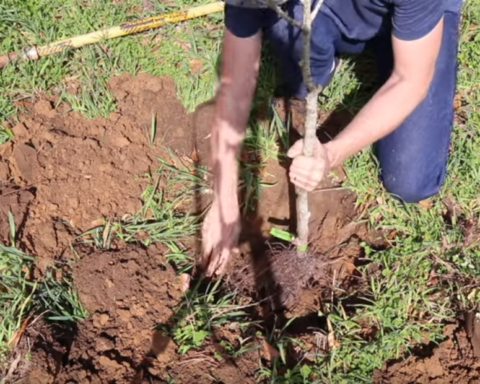
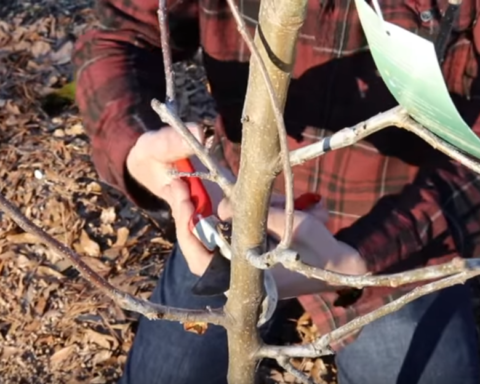
Video: Prune Fruit Trees Like a Psychopath
Go ahead. Cut cut cut cut cut cut.

There’s Gold in Them Thar Dead Pines
I don’t know about you, but events of the past couple months haven’t put me in any less of a prepping mood than when the COVID-19 panic began almost a year ago.




5